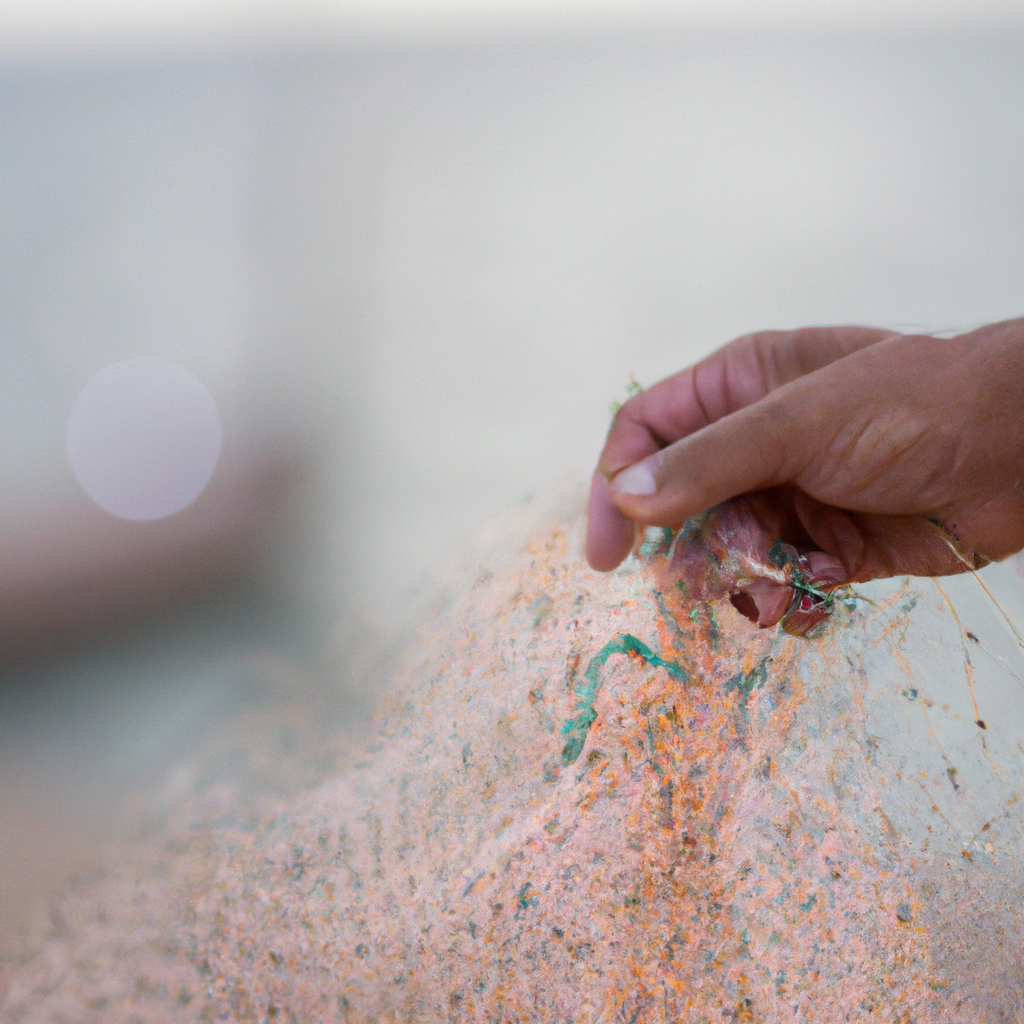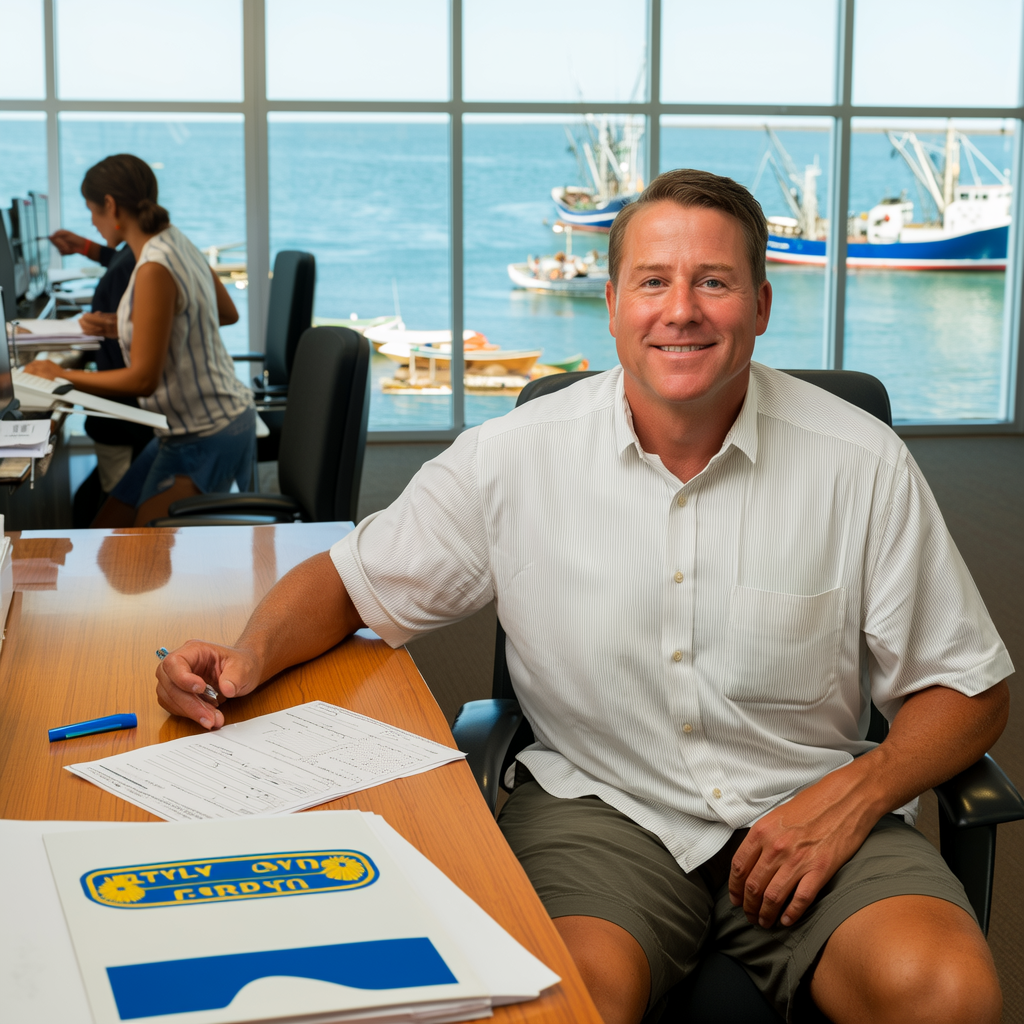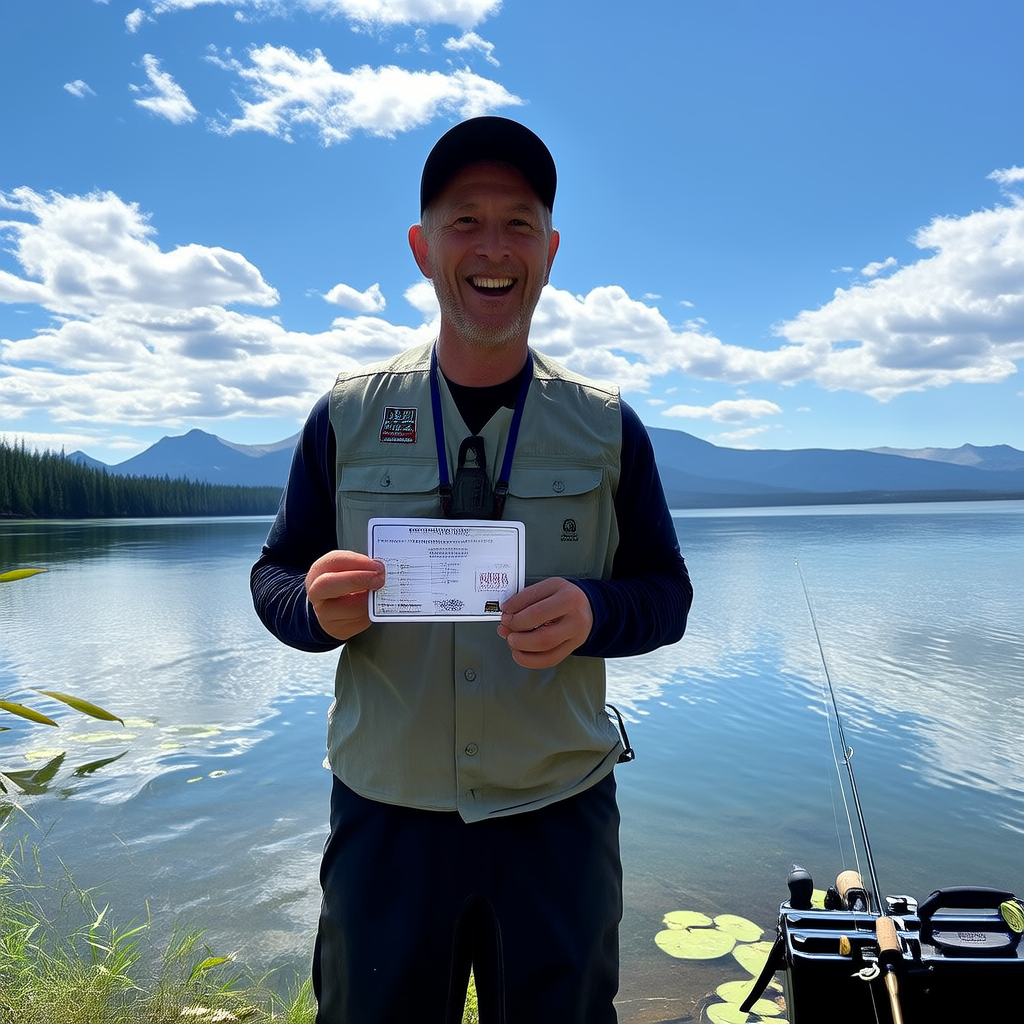A fishing trawl is an oceanic fishing gear used to catch fish. It is a large, cone-shaped net that is dragged by a fishing boat to catch fish. Trawls consist of webbing woven into a large cone-shaped net. The net is attached between two poles of the fishing vessel by a beam. The trawl then drags slowly along the ocean bottom to catch fish.
Different types of fishing trawls
Commercial fishing uses different types of trawls, each designed to catch a specific type of fish. Each trawl type has its own characteristics. The fisherman will choose the right trawl based on the type and size of fish he is targeting.
Bottom Trawls
Bottom trawls catch fish that live in the ocean’s bottom. The net is designed to catch fish that are crawling along the ocean floor.
Pelagic Trawls
Pelagic trawls were designed to catch fish living in the water column. They are dragged at a certain level through the water to catch fish swimming in the middle.
Midwater Trawls
Midwater trawls catch fish swimming in the middle water column. They are dragged along the bottom of the water column at a specific depth to catch fish not near the surface or bottom.
Components of the Fishing Trawl
A fishing trawl is made up of several components including the net, doors, cables, and bridles. Each component is vital to the operation of the trawl.
The Net
The main component of a trawl is the net. The net is made of woven webbing designed to catch fish. The net is attached between two poles of the fishing vessel by a beam.
The Doors
The doors are two large panels attached to the sides. The doors are used to hold the net open while it is being dragged across the water. The doors are connected to the trawl with cables.
The Cables
The cables are used to secure the doors to the trawl. They are made from a strong, durable material which can withstand the stress when being dragged along the water.
Bridles
The bridles attach the trawls to the fishing vessels. They are made from a durable, strong material that can withstand the stress caused by being dragged across the water. The bridles attach to the beam holding the net, and to the winches of the fishing vessel.
The Fishing Trawl Operation
The fishing trawl is a complex operation that involves many steps. Following are the steps that make up a typical fishing operation.
Setting the Trawl
Setting up the trawl is the first step of a fishing operation. The net is lowered into the water, and then attached to the cables, doors, and bridles. Once the trawl has been set, the fishing boat begins to move forward slowly, dragging the net behind it.
Dragging the Trawl
The net is ready to catch fish as the fishing vessel drags its trawl. The doors hold the net open while it is being dragged. The fishing vessel moves at a slow pace to ensure the net is dragging at the desired depth or along the bottom. The type of fish and location of the fishing grounds determine the length of time that the trawl will be dragged.
Hauling Trawl
After the trawl drags for a certain amount of time, the vessel stops moving. The trawl then is brought back to the surface. The trawl is brought back to the vessel using the winches. Once the trawl has been brought on board, fish are removed from nets and the process is repeated.
The Importance and Use of Fishing Trawls for Commercial Fishing
Commercial fishing is not possible without fishing trawls. They are used for catching a variety of fish and are particularly important when catching large amounts of fish. Trawling allows fishermen to catch large quantities of fish quickly. Commercial fishing would be less efficient without fishing trawls.
The Environmental Impact of Fishing Trawls
Fishing trawls can have a significant impact on the environment. They can damage the ocean bottom and other marine habitats and can catch unintended marine animals, such as seabirds and dolphins. The use of fishing trawls is also responsible for the overfishing in some areas and the depletion or fish populations.
The Future of Fishing Trawls
The future of fishing trowels is uncertain. There are concerns over the environmental impact of trawls and a need for more sustainable fishing methods. There is a growing tendency to use more sustainable fishing techniques, such as longlining and pole and line fishing. As long as they’re used responsibly and sustainably, fishing trawls are still going to be a major part of commercial fishing.




